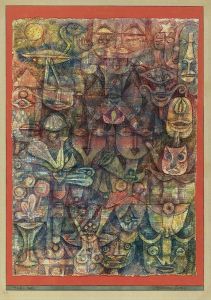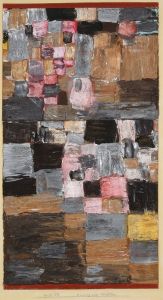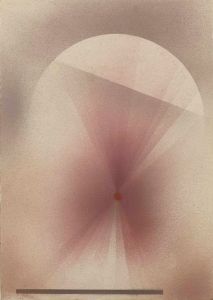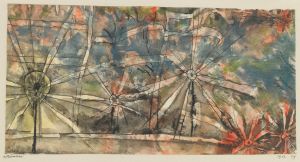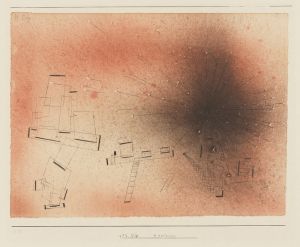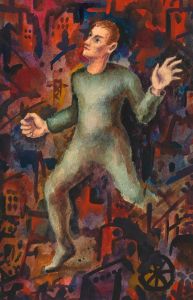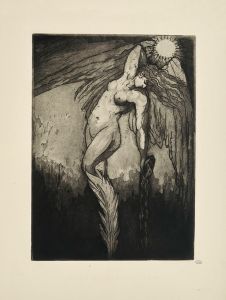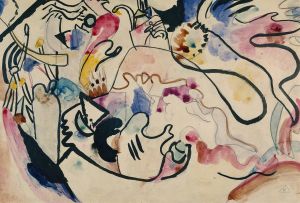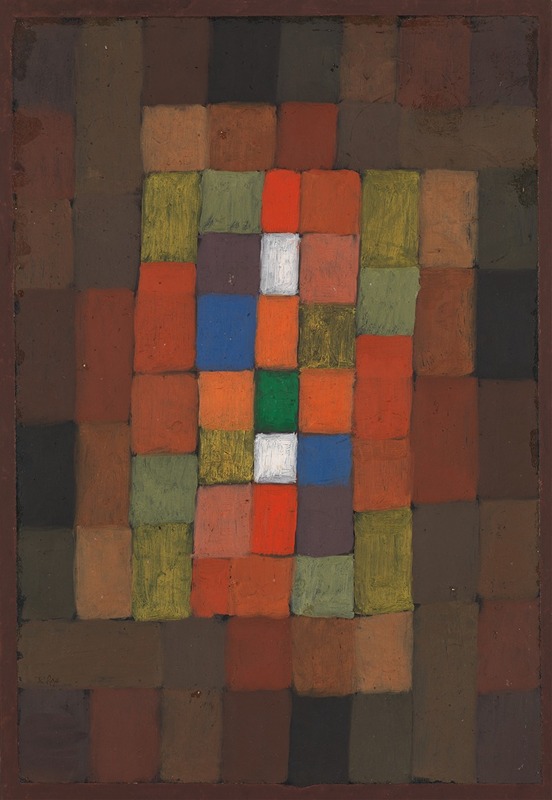
Static-Dynamic Gradation
A hand-painted replica of Paul Klee’s masterpiece Static-Dynamic Gradation, meticulously crafted by professional artists to capture the true essence of the original. Each piece is created with museum-quality canvas and rare mineral pigments, carefully painted by experienced artists with delicate brushstrokes and rich, layered colors to perfectly recreate the texture of the original artwork. Unlike machine-printed reproductions, this hand-painted version brings the painting to life, infused with the artist’s emotions and skill in every stroke. Whether for personal collection or home decoration, it instantly elevates the artistic atmosphere of any space.
Paul Klee's "Static-Dynamic Gradation" is a notable work by the Swiss-born artist, who is celebrated for his unique style that blends elements of expressionism, cubism, and surrealism. Klee's work is characterized by his innovative use of color and form, and "Static-Dynamic Gradation" is a prime example of his exploration into the interplay of these elements.
Created in 1923, during Klee's tenure at the Bauhaus, "Static-Dynamic Gradation" reflects the artist's interest in the principles of design and color theory, which were central to the Bauhaus curriculum. The Bauhaus was an influential art and design school in Germany that emphasized the integration of art, craft, and technology. Klee was a faculty member there from 1921 to 1931, and his teachings and works from this period are marked by a systematic approach to form and color.
"Static-Dynamic Gradation" exemplifies Klee's fascination with the movement and transition of colors and shapes. The painting features a series of geometric forms that appear to shift and change, creating a sense of movement within a static composition. This dynamic quality is achieved through Klee's masterful use of gradation, where colors transition smoothly from one to another, creating a visual rhythm that guides the viewer's eye across the canvas.
Klee's approach to color in this work is informed by his deep understanding of color theory, which he taught at the Bauhaus. He believed that color had its own language and could convey emotions and ideas beyond the literal representation of objects. In "Static-Dynamic Gradation," Klee uses a palette that ranges from warm to cool tones, creating a harmonious balance that underscores the painting's dynamic quality.
The geometric forms in the painting are reminiscent of Klee's interest in the abstract and the symbolic. He often drew inspiration from music, nature, and the subconscious, and his works frequently explore themes of transformation and the passage of time. In "Static-Dynamic Gradation," the interplay of static and dynamic elements can be seen as a metaphor for the tension between stability and change, a recurring theme in Klee's oeuvre.
Klee's work, including "Static-Dynamic Gradation," has been influential in the development of modern art. His innovative use of color and form has inspired countless artists and continues to be studied and admired for its depth and complexity. The painting is a testament to Klee's ability to blend technical precision with expressive freedom, creating works that are both intellectually engaging and visually captivating.
Today, "Static-Dynamic Gradation" is held in high regard as an example of Klee's contribution to modern art and his exploration of the possibilities of abstraction. It remains a significant piece for understanding the evolution of 20th-century art and the role of the Bauhaus in shaping modern artistic practices.






